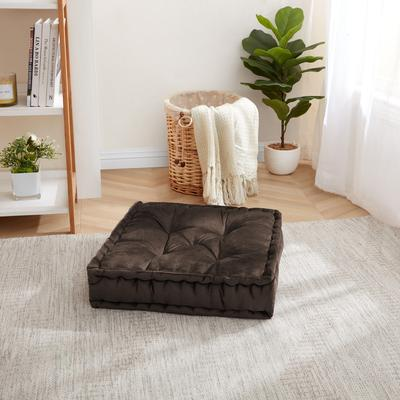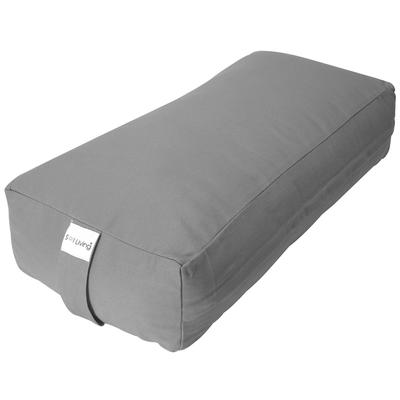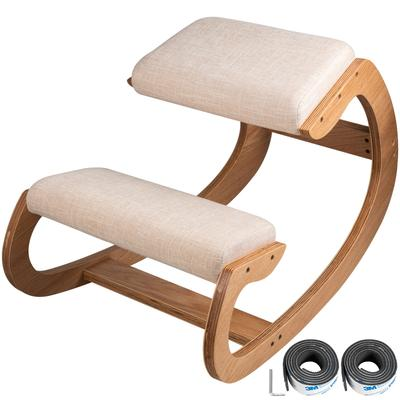Hey Diva dressing fans! When the items we love coincide with brands we work with, Diva dressing will use Paid Links in our articles. If you decide to click on these links and purchase the product, we get a small commission. Our Opinions Are Our Own, but we do add Paid Links as a way to offer these products at no added cost to our readers. Want to know more? Click Here to check out our Terms of Use anytime!
Body scan meditation is a mindfulness technique that promotes relaxation, self-awareness, and an enhanced connection between the mind and body. It involves mentally scanning the body for physical sensations, tension, or areas of discomfort, and can help reduce stress, improve focus, and deepen relaxation. Here’s a step-by-step guide on how to perform a body scan meditation for enhanced awareness.
Find a Comfortable Position
- Choose a calm, quiet place: Begin by finding a quiet, comfortable spot where you won’t be disturbed. You can sit in a chair, cross-legged on the floor, or lie down on a mat or bed.
- Relax your body: Close your eyes, and let your body settle into the chosen position. Let your arms rest by your sides, and let your shoulders relax. If sitting, keep your back straight but not rigid.
- Settle your breath: Take a few deep breaths to release any tension. Breathe in through your nose, allowing your belly to expand, and breathe out through your mouth, fully emptying your lungs.
Set an Intention or Purpose
Before you begin the body scan, it can be helpful to set an intention for your practice. It could be something like I want to relax, I want to feel more connected to my body, or I want to release tension. Setting an intention creates a focus and can guide your awareness throughout the meditation.
Start at the Top of Your Head
- Begin by focusing on your head and scalp: Bring your awareness to the top of your head. Notice any sensations, whether they are warm, cool, tingling, or completely neutral.
- Observe without judgment: It’s important to simply notice what you’re feeling without trying to change or control the sensations. The goal is not to fix anything but to develop awareness.
Gradually Move Your Attention Downward
- Face and jaw: Move your focus down to your forehead, eyes, cheeks, mouth, and jaw. Notice any tightness or tension, especially around the jaw where people often hold stress. Allow the muscles to relax.
- Neck and shoulders: Bring your attention to your neck and shoulders. These areas tend to store a lot of tension from daily stress. Notice any stiffness or discomfort, and try to consciously release it with each exhale.
Continue Scanning Through the Upper Body
- Arms and hands: Now direct your attention to your arms, elbows, wrists, and hands. Feel the sensations in each area, and notice any tightness or ease.
- Chest and back: Next, focus on your chest and upper back. Feel the gentle rise and fall of your chest with each breath. If you notice any discomfort or tension, simply acknowledge it without trying to change it.
Move Awareness to the Abdomen and Lower Back
- Abdomen: Bring your awareness to your abdomen. Pay attention to any sensations of movement, tension, or relaxation. Let your belly soften with each breath.
- Lower back: Scan your lower back, noticing how it feels. Many people hold tension here, so be mindful of any discomfort and try to breathe into those areas, encouraging relaxation.
Focus on the Hips, Legs, and Feet
- Hips and pelvis: Move your awareness to your hips and pelvis. This area also holds tension, especially if you sit for long periods. Allow yourself to observe how it feels.
- Thighs and knees: Direct your attention to your thighs, noticing any heaviness, tightness, or ease. Slowly scan down to your knees, paying attention to how they feel in this moment.
- Calves, ankles, and feet: Finally, focus on your calves, ankles, and feet. Feel the connection between your feet and the ground (if seated), and notice the sensations there. Feel any tingling, warmth, or relaxation.
Notice the Entire Body as a Whole
Expand your awareness: Once you’ve completed the scan of individual body parts, take a moment to focus on your body as a whole. Notice how it feels after completing the scan. Do you feel more relaxed or aware? Are there any areas still holding tension? Allow your breath to flow naturally, observing how the body feels as a single unit.
Practice Deep Breathing
- Inhale deeply and exhale slowly: As you finish the body scan, take a few deep breaths. Inhale deeply, allowing your belly to rise, and exhale slowly, releasing any remaining tension.
- Observe any shifts: Notice if your body feels different from when you started. You may feel more grounded, relaxed, or aware of sensations that you didn’t notice before.
Gently Return to the Present Moment
- Open your eyes slowly: If your eyes are closed, gently open them. Bring yourself back to the present moment, taking note of your surroundings.
- Stretch if needed: You may want to stretch your body or move gently after the meditation. Notice any changes in how your body feels as you re-engage with the world around you.
Benefits of Body Scan Meditation
- Increased body awareness: Regular practice of body scan meditation can help you become more attuned to your body’s signals, making you more aware of tension, stress, or discomfort before it becomes overwhelming.
- Stress reduction: This technique promotes relaxation, which can lower stress levels, reduce anxiety, and improve overall mental well-being.
- Improved focus and mindfulness: Body scan meditation strengthens your ability to focus and stay present, which can carry over into other areas of life, improving productivity and mindfulness.
- Better sleep: Many people find that body scan meditation helps them sleep better by calming their minds and releasing tension before bed.
Tips for Success
Practice regularly: Like any meditation practice, consistency is key. Try to incorporate body scan meditation into your daily routine, whether in the morning, during a break, or before bed.
Be patient: If you notice that your mind wanders, that’s okay. Gently guide your focus back to the body part you were scanning. Over time, your ability to stay present will improve.
Stay curious: Approach each body scan with a sense of curiosity rather than judgment. Every session may feel different, and that’s completely normal.
Here are some products that can help
Aakriti Natural Waterfall Backflow Cones for Meditation $17.16

Sol Living Cylindrical Yoga Bolster Mini Meditation Cushion $36.97

Polyester Tufted Square 20″ x 20″ Meditation Yoga Floor Pillow $40.37

Sol Living Rectangular Yoga Bolster Meditation Cushion $56.69

VEVOR Ergonomic Kneeling Chair $105.29



